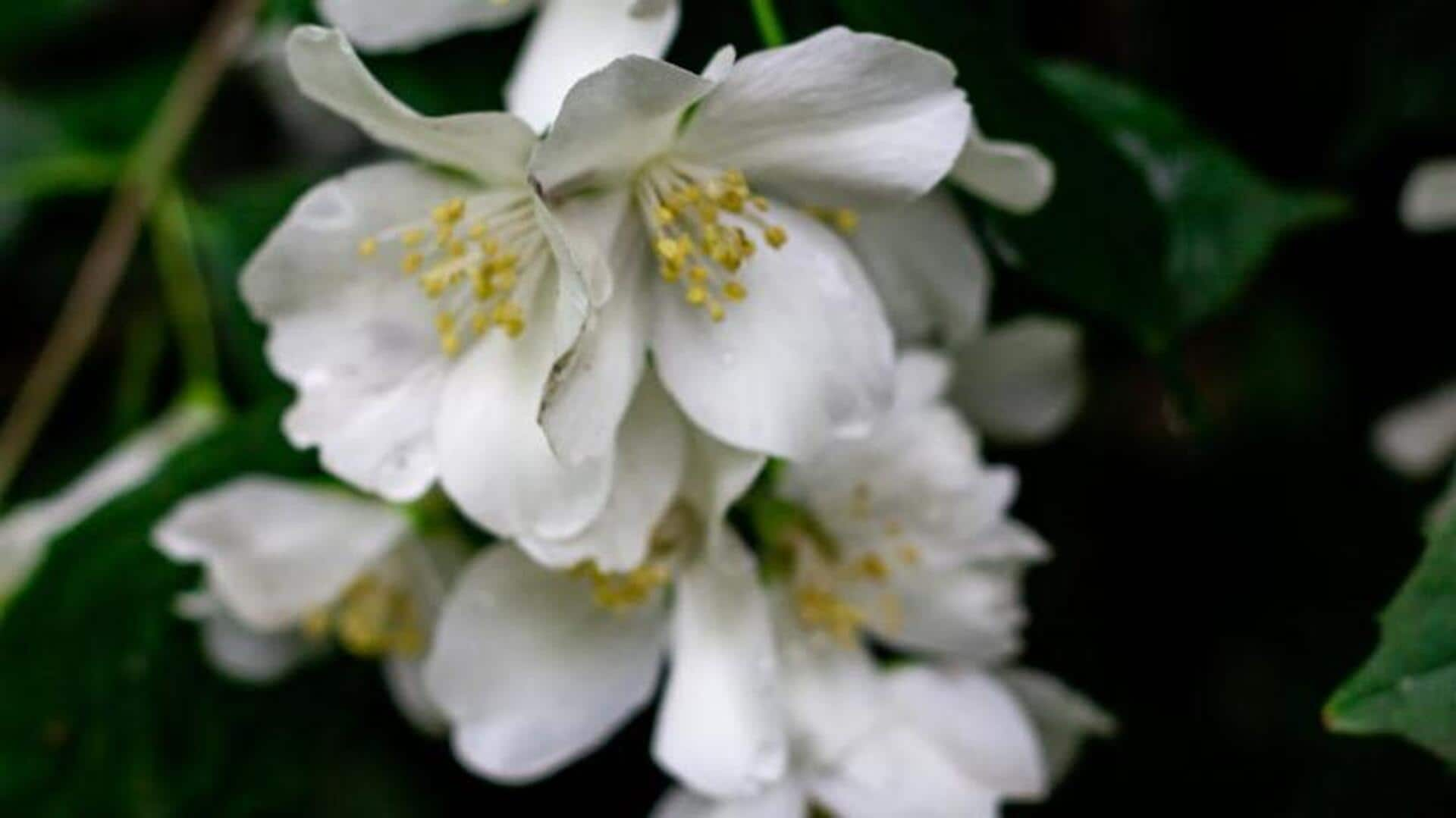
How to grow fragrant jasmine at home
What's the story
Growing jasmine at home can be a rewarding experience, both in terms of beauty and fragrance. Known for its aromatic flowers, this plant can grow indoors or outdoors with the right care. From seasoned gardeners to beginners, everyone can grow jasmine by understanding its specific needs. From choosing the right variety to ensuring proper sunlight and watering, everything plays a crucial role in the growth of this delightful plant.
Variety selection
Choosing the right jasmine variety
Selecting the right jasmine variety is crucial for successful growth. Some popular types include Arabian jasmine, common jasmine, and winter jasmine. Each has unique characteristics suited to different climates and conditions. Consider your local climate when choosing a variety; for instance, common jasmine thrives in warmer areas, while winter jasmine can tolerate cooler temperatures. Understanding these differences will help ensure that your plant flourishes in its environment.
Sunlight needs
Providing adequate sunlight
Jasmine plants need ample sunlight to bloom well. Ideally, they should get four to six hours of direct sunlight each day. If growing indoors, keep them close to south-facing windows where they can absorb plenty of light throughout the day. For outdoor planting, select a spot that receives morning sun but some afternoon shade to protect them from getting overheated in peak summer months.
Watering tips
Ensuring proper watering techniques
Watering is essential for healthy jasmine plants. They like consistently moist soil but don't do well in waterlogged conditions. In warmer months, water regularly to keep the soil damp without over-saturating it. Reduce frequency during cooler seasons when growth slows down naturally. Always check soil moisture before watering by inserting your finger about an inch deep into the soil. If it feels dry at this depth, then it's time to water again.
Soil requirements
Using suitable soil and fertilizer
Jasmine thrives best in well-draining soil rich in organic matter like compost or peat moss mixed with sand or perlite for improved drainage capabilities. This is necessary considering local conditions like heavy clay soils, which may retain too much moisture. Otherwise, this could lead to potentially harmful root rot issues over time. Make proper amendments accordingly beforehand, whenever possible.